Monthly Archives: June 2014
- Thursday, June 26, 2014
We’d like to extend our congratulations to a young scientist, Alec Isaacman, who’s been making waves at California’s science fairs with his experiments with osmotic power. Alec’s experiment, which was conducted in a fish tank his friend was no longer using, examined the effect salinity had on the production of osmotic power to determine the best locations in the world to place an osmotic power plant. The tank was divided into two chambers separated by a ACM5 RO membrane and were filled with equal amounts of water. One side was filled with fresh water and the other side was filled with salt water. Alec then determined the absorption rate of the salt water as it pulled fresh water through t
- Thursday, June 26, 2014
Since 2007, the Southern California Coastal Water Research Project has been monitoring the impact of fecal indicator bacteria (FIB) on public health at Doheny, Avalon, and Surfrider beaches in California (just when thought it doesn't get worse than peeing in the pool). They explain and summarize their tracking efforts in a neat video below. Sterlitech also offers analytical funnels, Grade F glass fiber filters, manifolds, and microbiological monitors that are similar to the ones you see in the video. If you are also working with or involved in microbiological monitoring, we are also developing a new microbiological monitor that uses a polycarbonate membrane fi
- Thursday, June 26, 2014
Defining a Pore Size and Sterile Filtering; 0.2 Micron vs. 0.22 Micron. What’s the difference?
If you were to spend a little time perusing Sterlitech’s selection of membrane disc filters, one thing we’re very proud of might just jump out at you: we have a lot of pore sizes. So many that you might wonder if it’s a little excessive that we carry both 0.2 and 0.22 micron pore sizes. After all, both are used to sterilize fluid passed through them. Can the tiny difference of 0.02 microns really change a filter’s performance characteristics that much?To answer that question, we must first take a look at one of the methods used to test a filter’s performance: the bubble point test1. Standard tests to verify a filter’s stated pore size usually e
- Wednesday, June 25, 2014
Sterlitech Corporation is adding the EZWaste Safety Vented Carboy to its roster of ergonomic, compact fluid storage and transport equipment. These new, specially vented carboys are designed to help scientists create a safer laboratory environment by reducing the risks of spills and preventing hazardous solvent vapors from infiltrating the lab. The EZWaste Safety Vented Carboys are a direct descendent of the EZGrip Carboys currently offered by Sterlitech, which means they share the same efficient, ergonomic design. What sets the EZWaste apart from the normal carboy is a special VersaCap with integrated tubing connections and an activated carbon exhaust filter. Each EZWaste
- Friday, June 06, 2014
Sterlitech Corporation is adding new product options to its line of silt density index (SDI) testing devices. Sterlitech is offering these all-in-one units in response to the industry’s demand for a convenient and durable on-site tool for measuring the fouling capacity of the feed water used in reverse osmosis systems. Silt density index testing quantifies the amount of particulate contamination in a water source and is used to estimate the rate at which membrane fouling will occur, particularly in applications employing reverse osmosis membranes. The SDI of a feed source is measured by running a stream of feed water through a 0.45 micron filter at a constant pressure and calculating the rate at which the flow slows down (ASTM Test Method 41



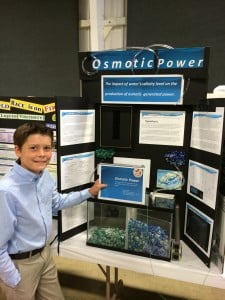
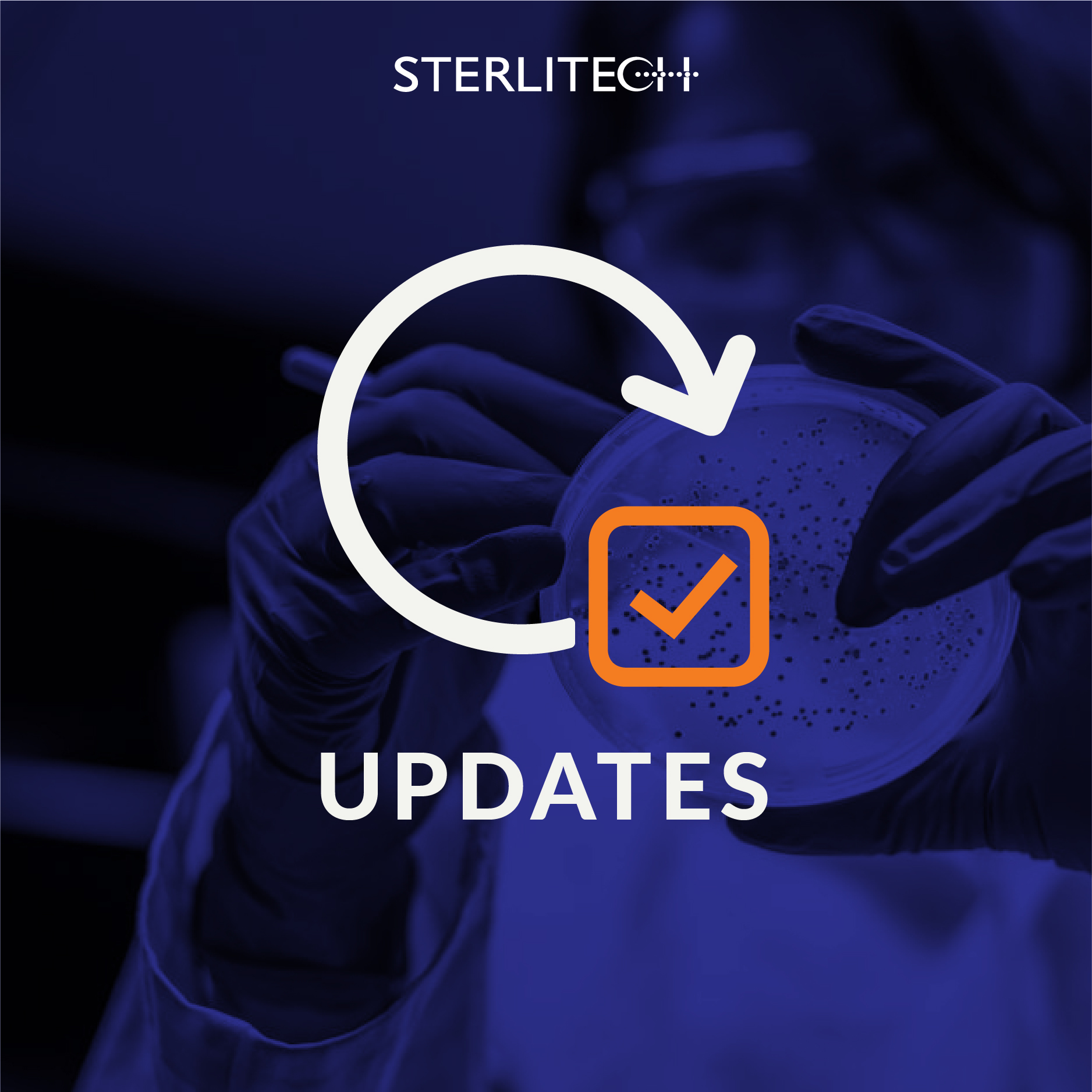
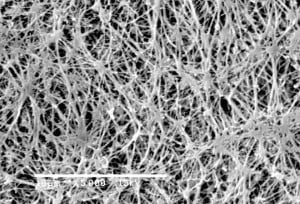
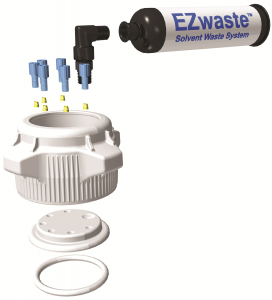
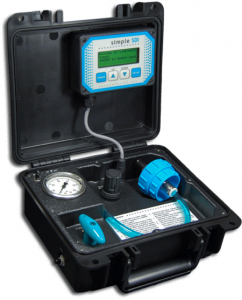
![Join Sterlitech at BIO 2024 [Booth #5558]: Exploring the Future of Biotechnology](https://www.sterlitech.com/media/magefan_blog/b4.jpeg)

